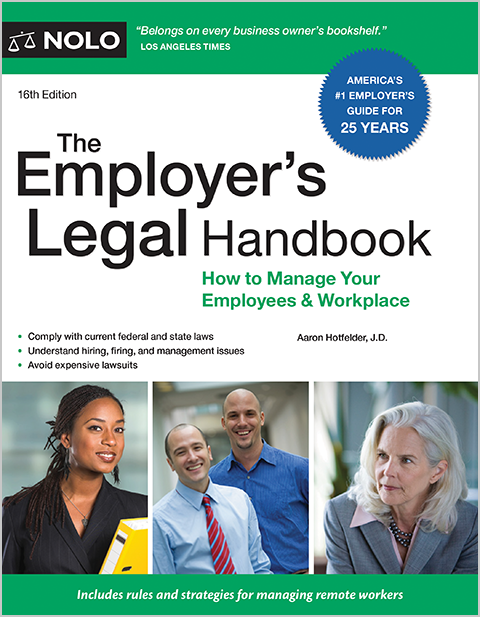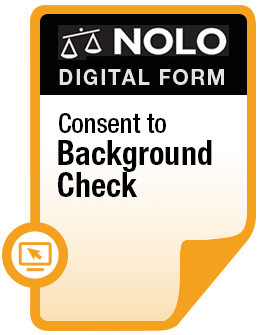You can't retaliate against employees for complaining about harassment or discrimination.
When an employee complains about discrimination or harassment -- to you, to a government agency, or to someone within your business -- you must treat that employee with care. If you take any action that the employee might view as punishment or retaliation for the complaint, you might find yourself on the wrong end of a lawsuit.
All employers, managers, supervisors, and human resources representatives should become familiar with the law of retaliation, because retaliation claims are becoming more and more common. And they are also becoming more costly.
What Is Retaliation in the Workplace?
Retaliation means any adverse action that you or someone who works for you takes against an employee because he or she complained about harassment or discrimination. Any negative action that would deter a reasonable employee in the same situation from making a complaint qualifies as retaliation.
Employees who participate in an investigation of any of these problems are also protected -- for example, you cannot punish an employee for giving a statement to a government agency that is looking into a discrimination claim.
Even if the original complaint of discrimination or harassment turns out to be unfounded, an employee who can prove that something negative happened because of the complaint can still win a retaliation claim. You also may not punish employees for participating in an internal investigation of harassment.
Examples of Workplace Retaliation
Adverse action includes demotion, discipline, firing, salary reduction, negative evaluation, change in job assignment, or change in shift assignment. Retaliation can also include hostile behavior or attitudes -- by you or someone who works for you -- toward an employee who complains. Sometimes, an employee can claim retaliation if another employee complains. For example, the Supreme Court has held that a man who was fired shortly after his fiance (who worked for the same employer) filed a discrimination charge could sue for retaliation.
Retaliation Need Not Be Intended
Although retaliation obviously includes any action that you take with the intent to harm or punish the employee for complaining, it can also include actions that you take with the best of intentions, if those actions have a negative impact on the employee.
For example:
- A female employee complains that her supervisor is sexually harassing her. In response, you change the employee from the day shift to the night shift so that she doesn't have to work with the supervisor any more. Even though you didn't intend to hurt the employee, this action could be retaliatory if the employee preferred the day shift.
- An African-American employee complains to you that the store in which he works is racially hostile toward him because his coworkers tell racial jokes and call him racially derogatory names. In response, you transfer the employee to another store. This action could be retaliatory if the new store is farther from the employee's home or the position is less desirable in some other way.
In both of the above examples, the employer made the mistake of focusing on the complaining employee rather than focusing on the wrongdoer. When someone complains about something unlawful in the workplace, the employer's job is to fix the problem -- not avoid it by removing the complaining employee from the situation. By changing the job conditions of the employee who complained, the employer took actions that could be viewed as retaliatory.
How to Prevent Workplace Retaliation
As soon as someone complains about discrimination or harassment in the workplace, you must take some precautionary steps:
- Establish a policy against retaliation. Even before an employee complains, you should have a clear policy against retaliation. Your policy should spell out exactly what retaliation is, and it should make perfectly clear that you will not tolerate retaliation from any of your managers or other employees. It should also tell employees what steps to take if they feel they are being retaliated against.
- Communicate with the complaining employee. Explain that you are taking the complaint seriously. Tell the employee that you want to hear about anything that happens that the employee considers hostile or negative. Refer the employee to your antiretaliation policy. Explain what retaliation is. Tell the employee flat out that you won't tolerate retaliation from anyone in the company.
- Keep confidential any complaints that you receive. The fewer people who know about a complaint, the smaller the chances are that someone will retaliate against the complainer. Of course, when you investigate the employee's complaint, you will have to tell some people about it. Make sure that you tell only the people who absolutely need to know. And, when you tell them, explain what retaliation is and tell them that you won't tolerate it. (For more investigation tips, see Nolo's article Guidelines for Handling Discrimination and Harassment Complaints.)
- Document, document, document. Take notes of everything you do to prevent retaliation. Send the complaining employee a letter confirming what you have told him or her about retaliation.
Handling Discipline Problems
An adverse action is retaliatory only if it is taken because the employee complained. You are free to take actions against an employee for other reasons, even if that employee has complained about discrimination or harassment.
For example:
- You can give a negative evaluation to an employee with performance problems.
- You can discipline an employee who is always late to work for tardiness.
- You can fire an employee who brings a gun to work.
The problem for employers is that some employees will claim that these adverse actions are retaliation, even if they have nothing to do with the employee's complaint.
If you must take adverse action against an employee who has complained, be prepared to show that you had valid reasons for discipline, unrelated to the complaint. Those reasons should be supported, if possible, by prior documented warnings to the employee.



